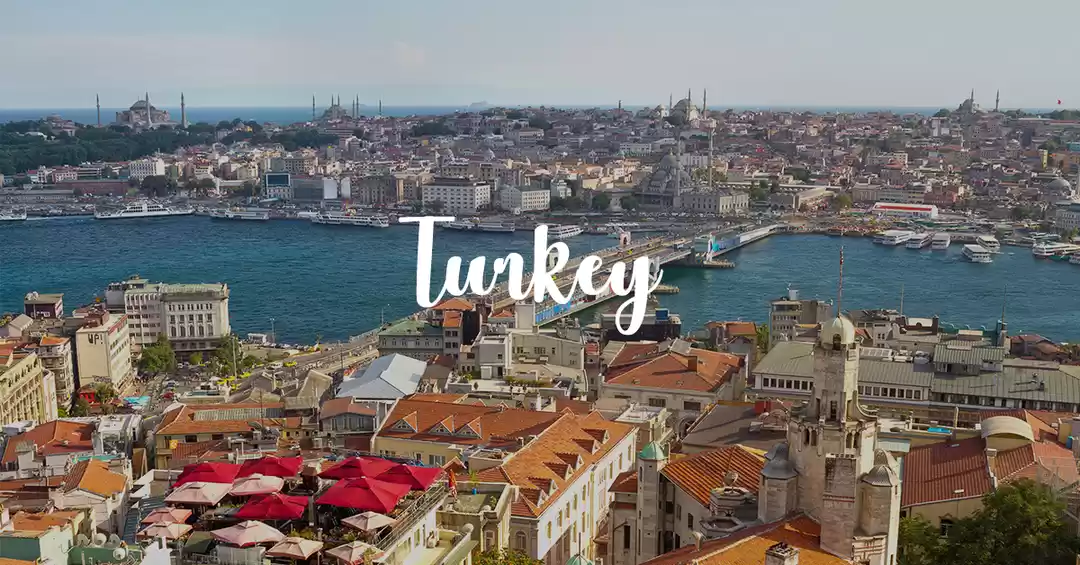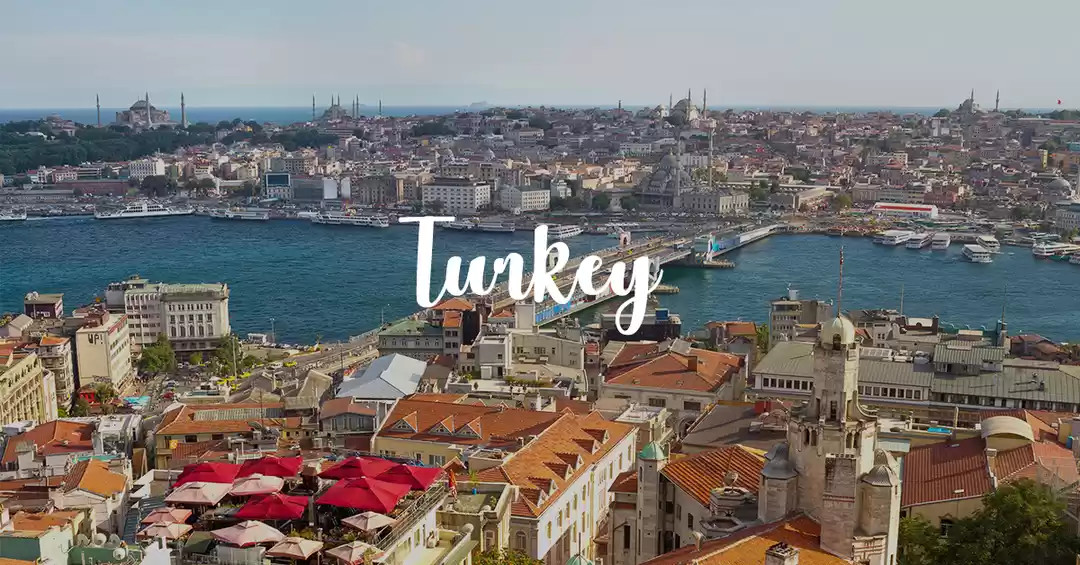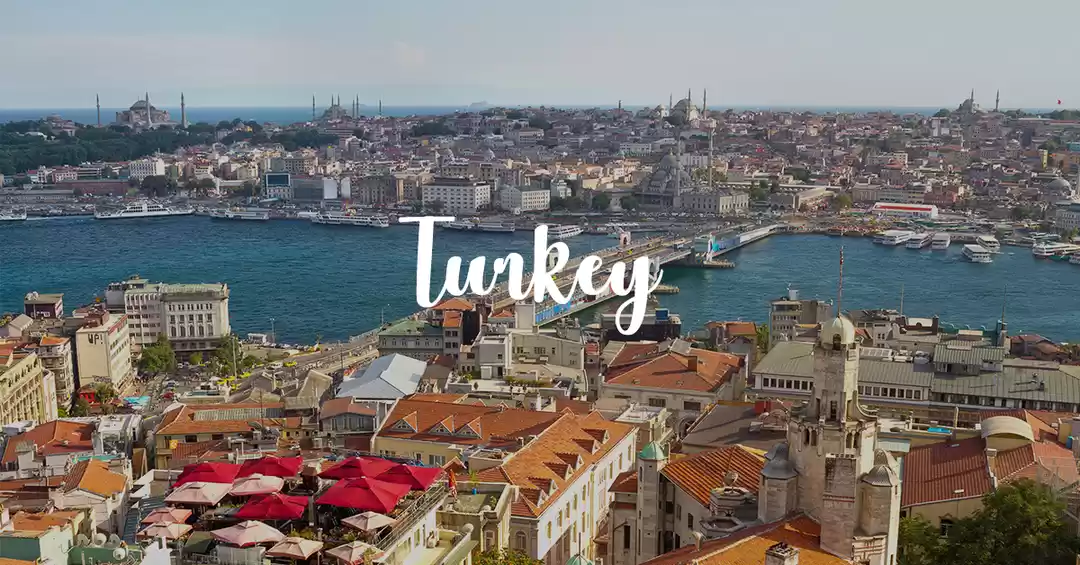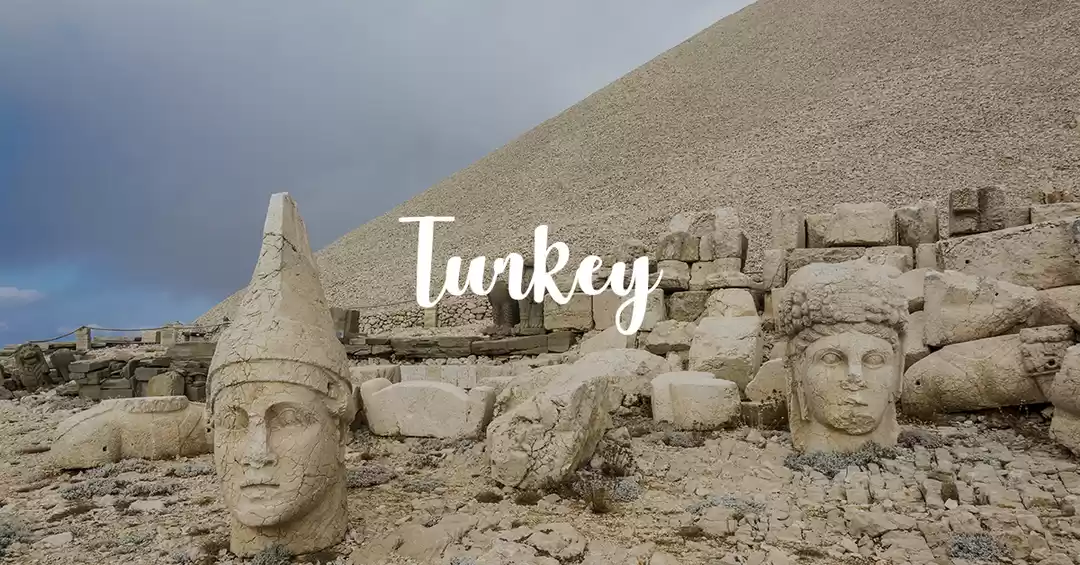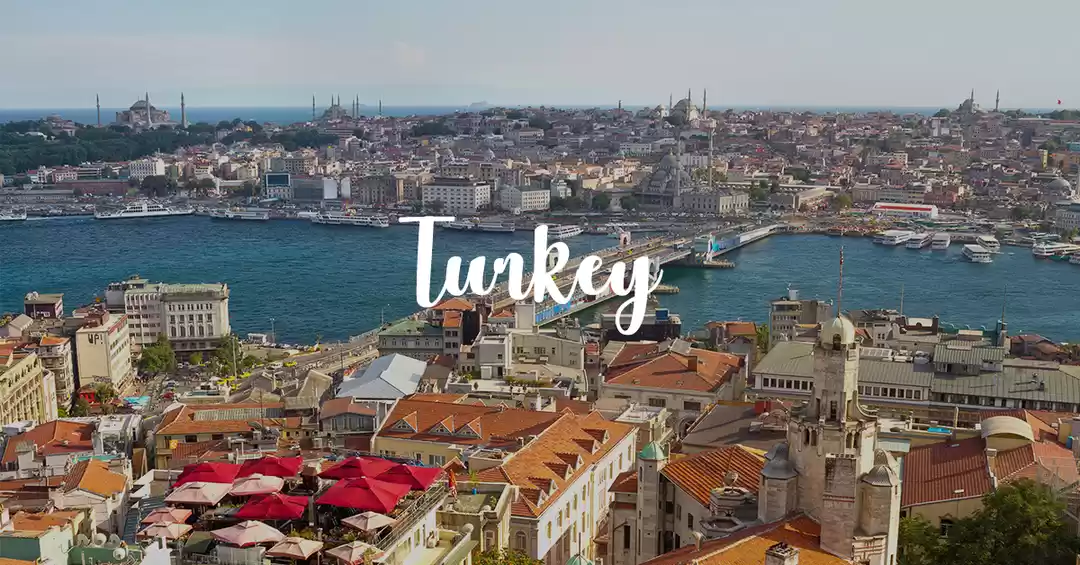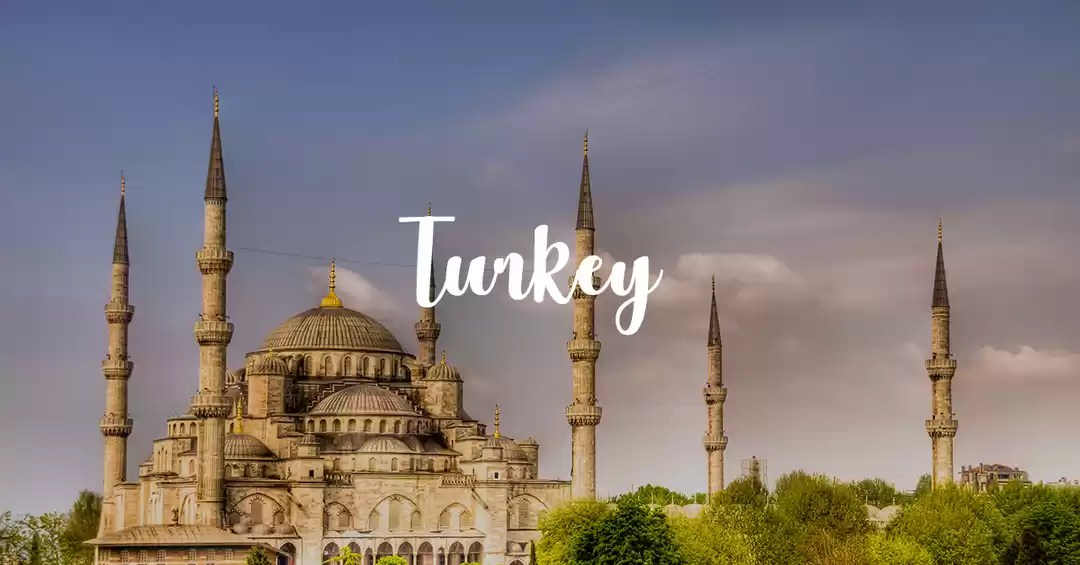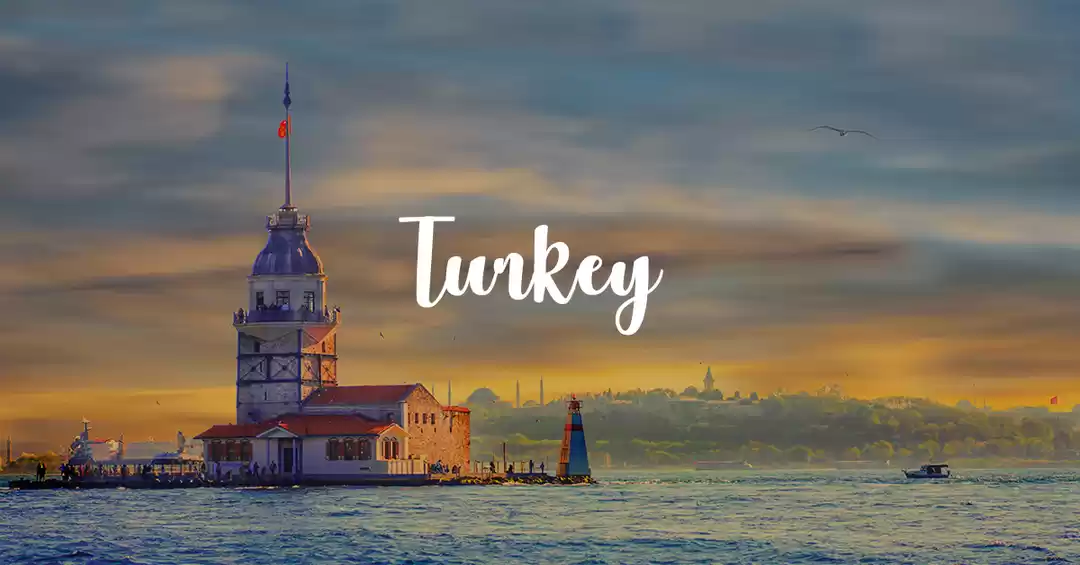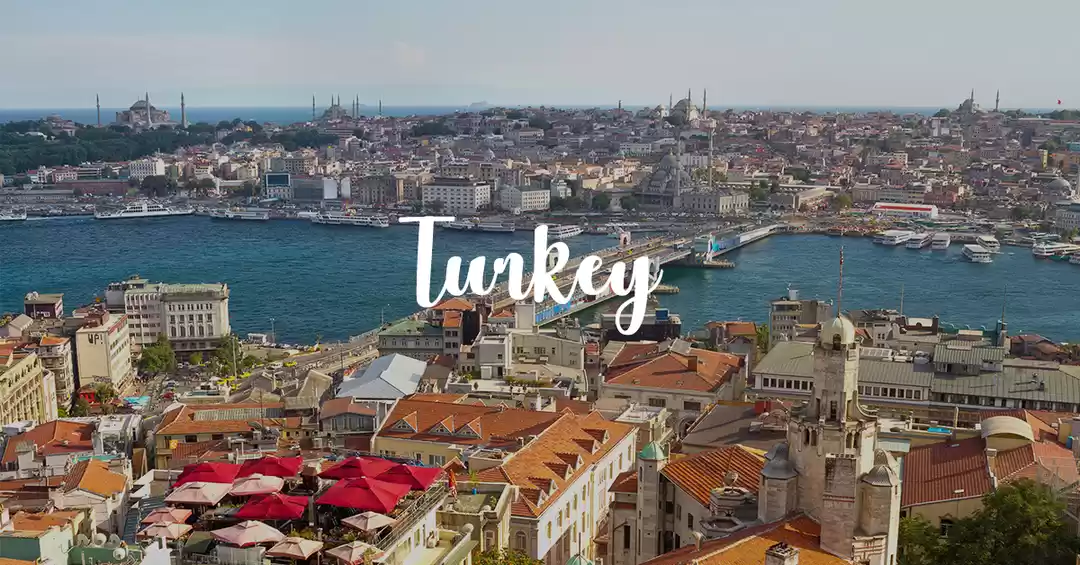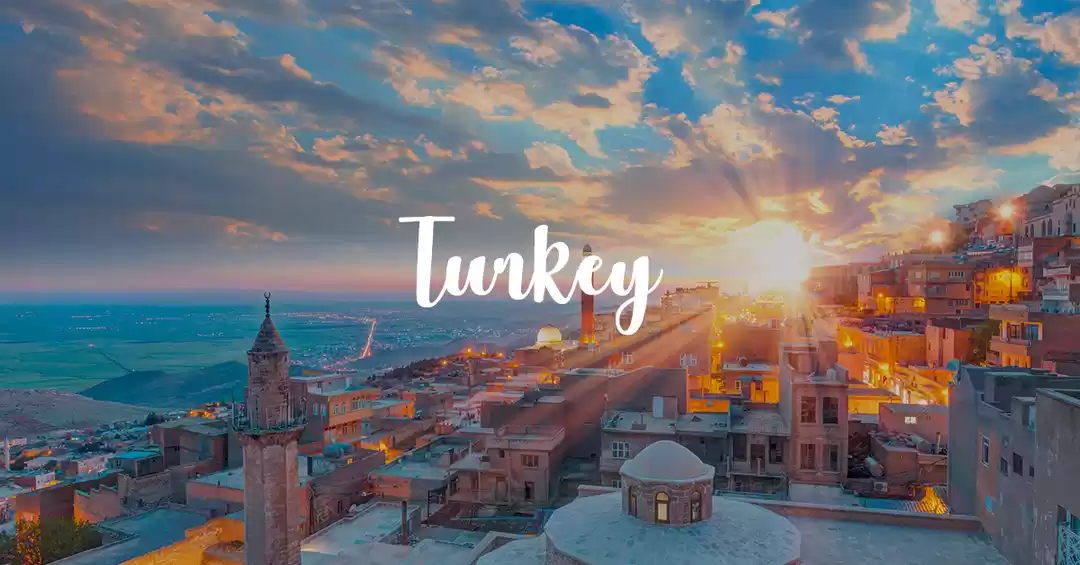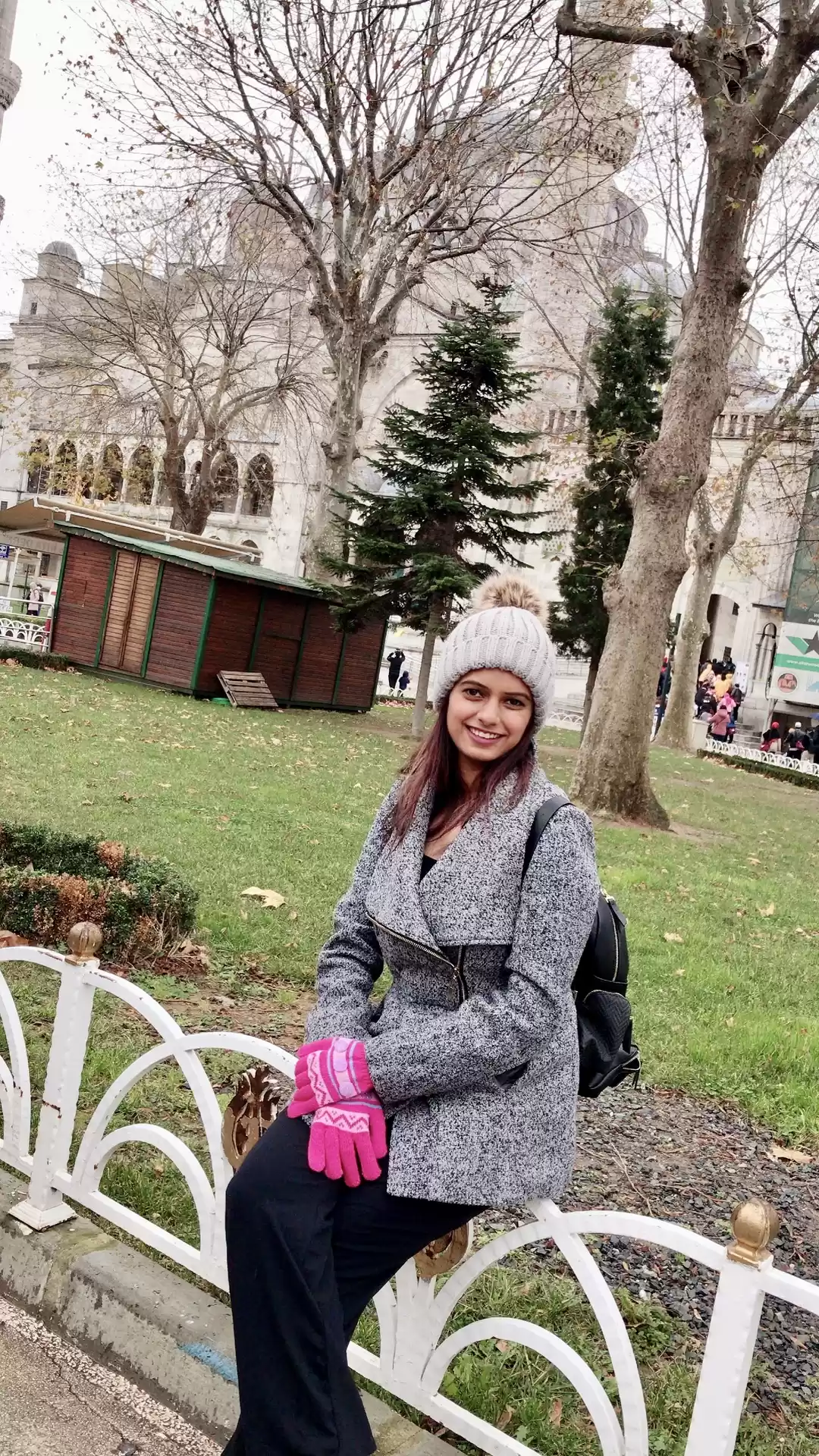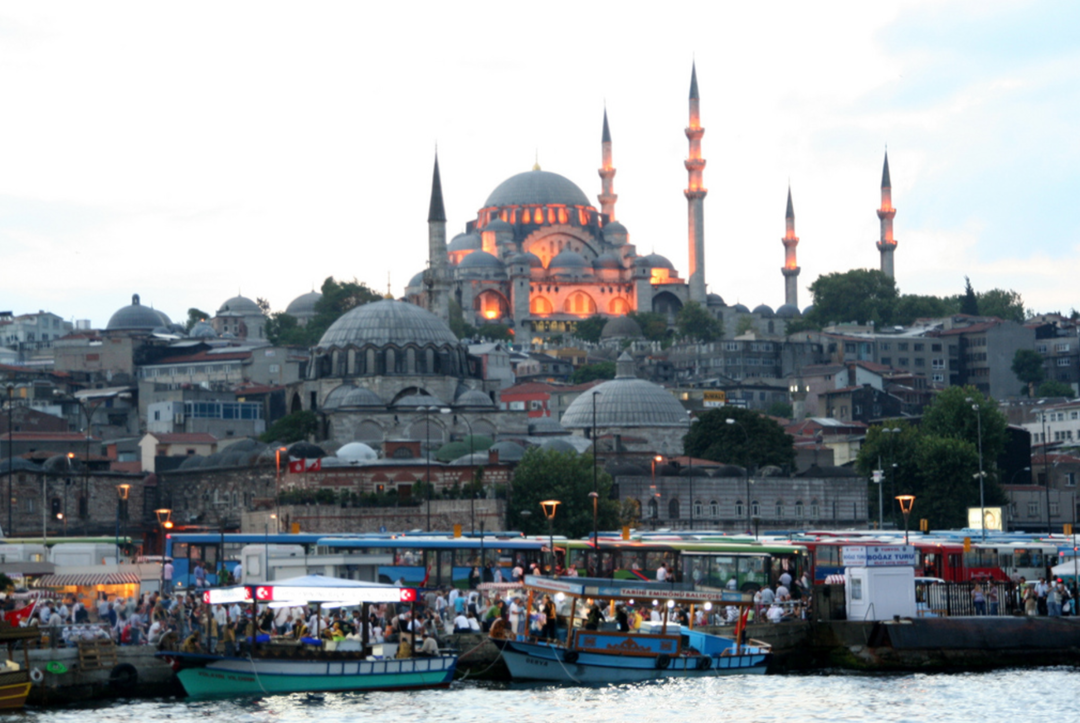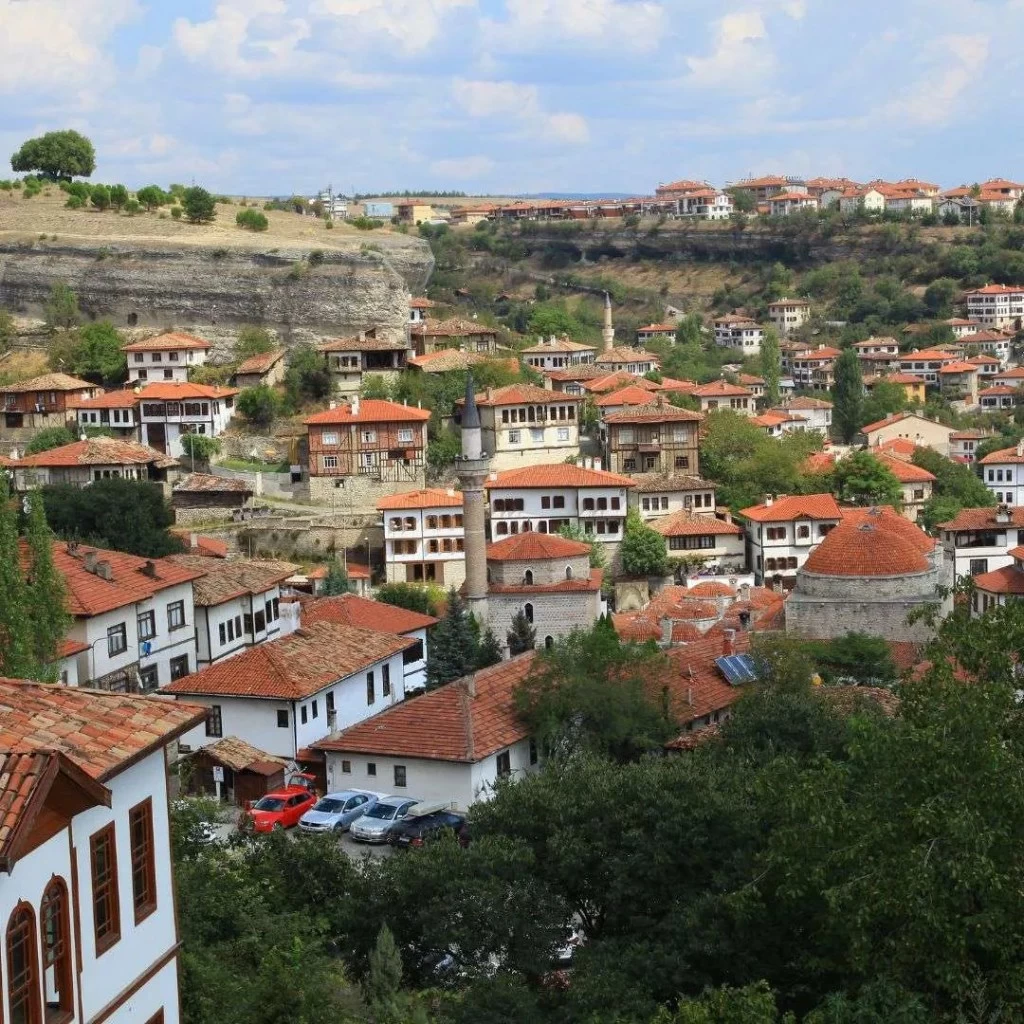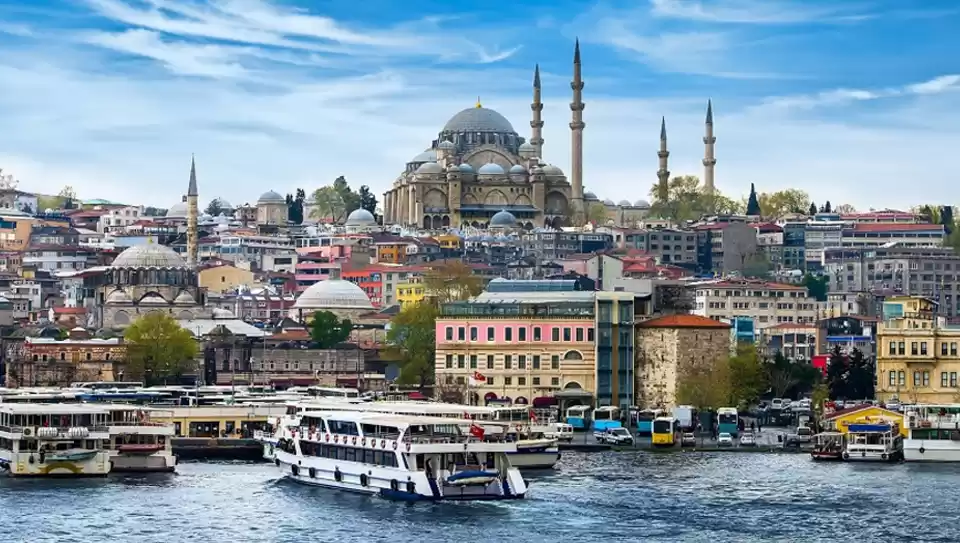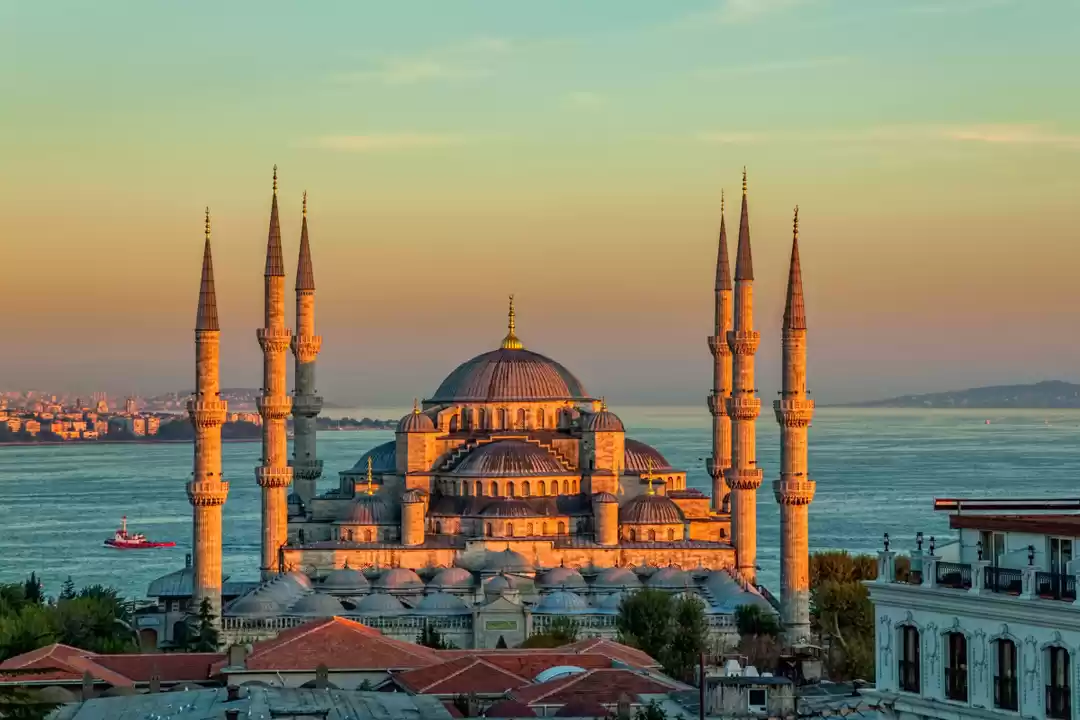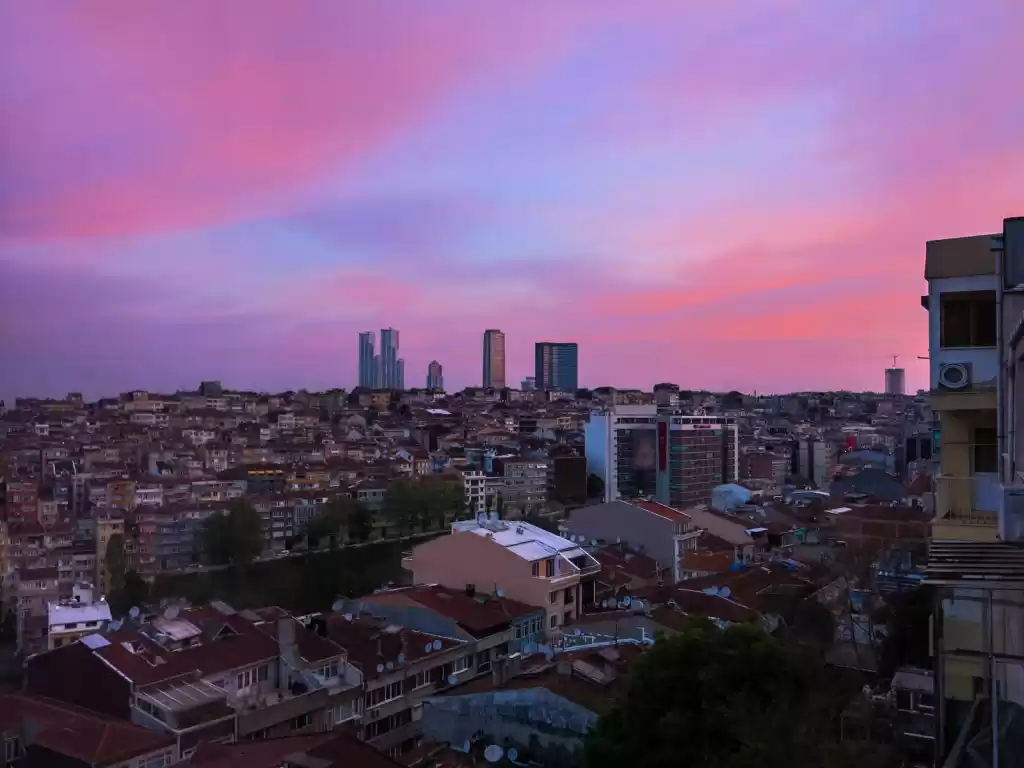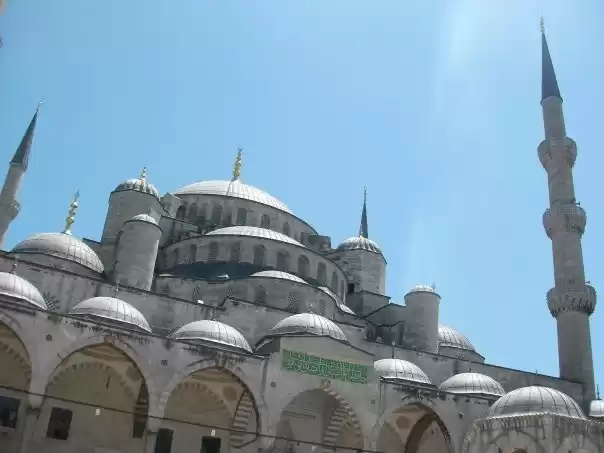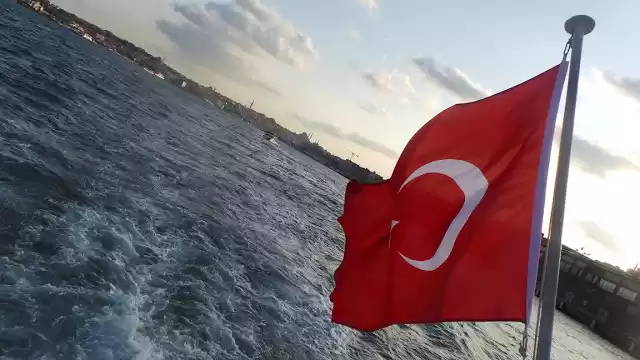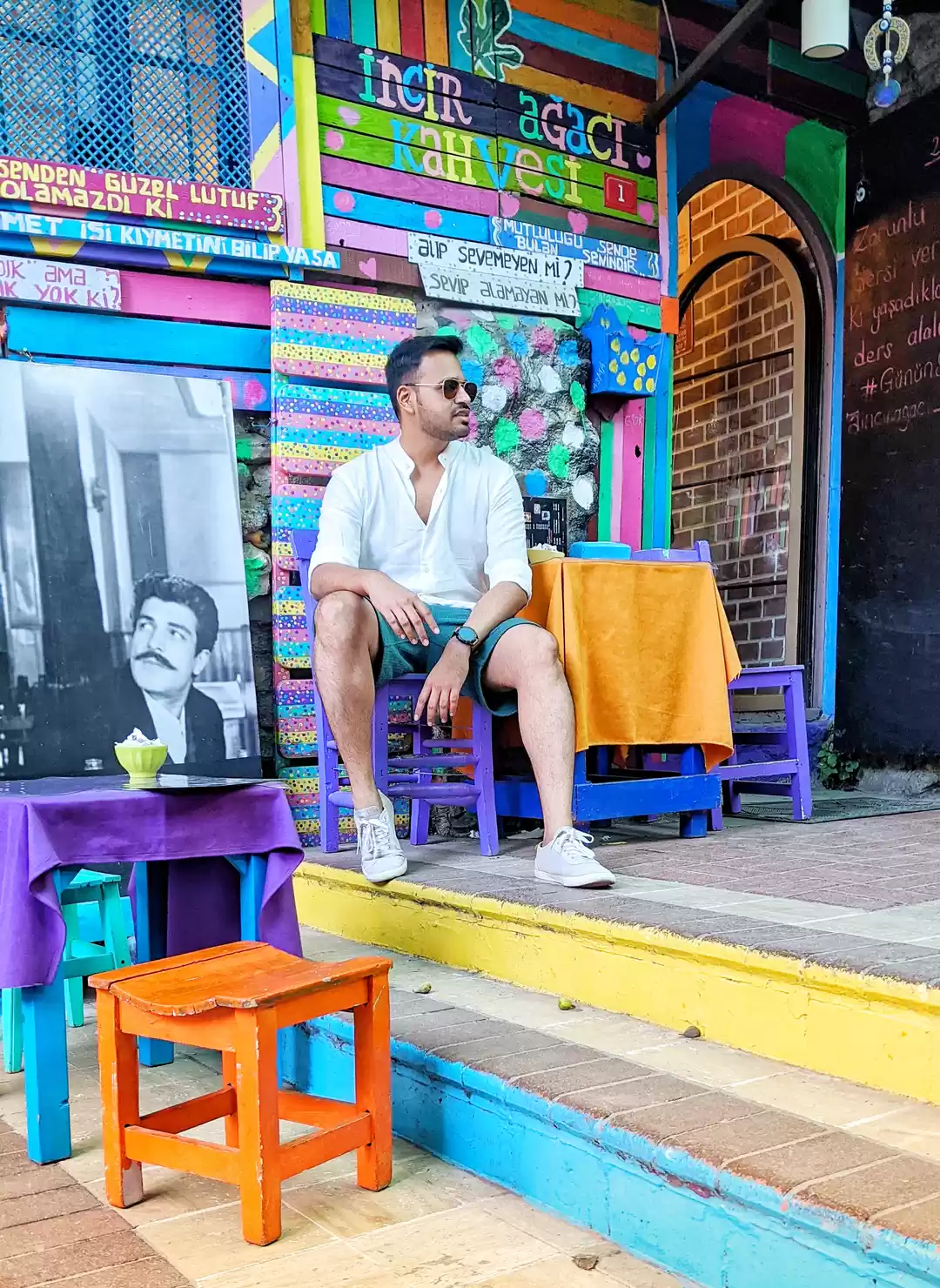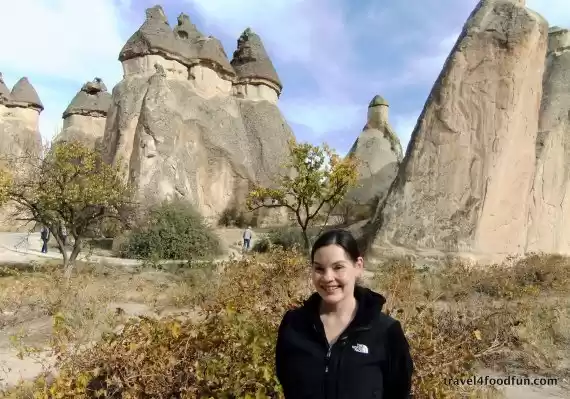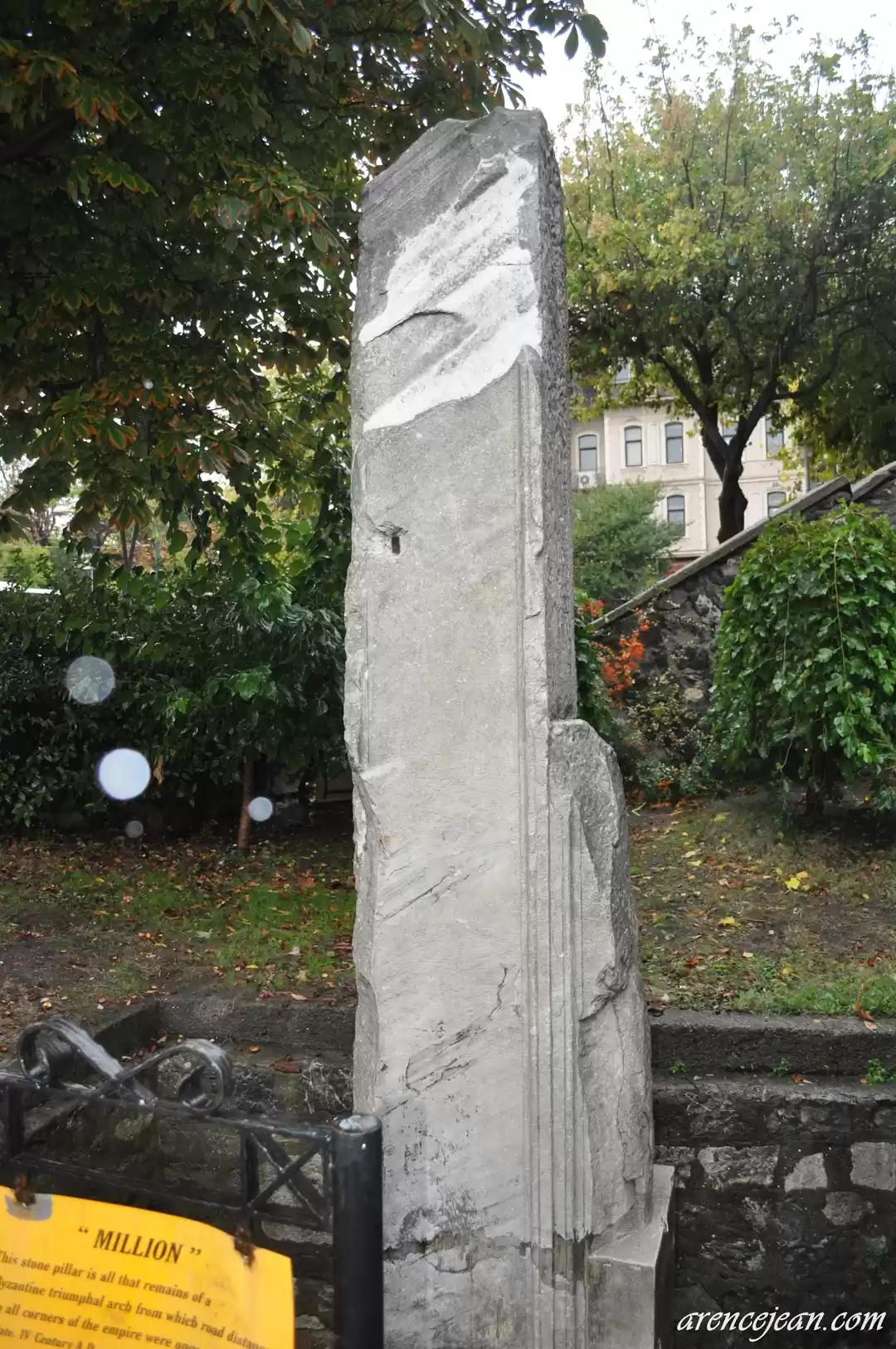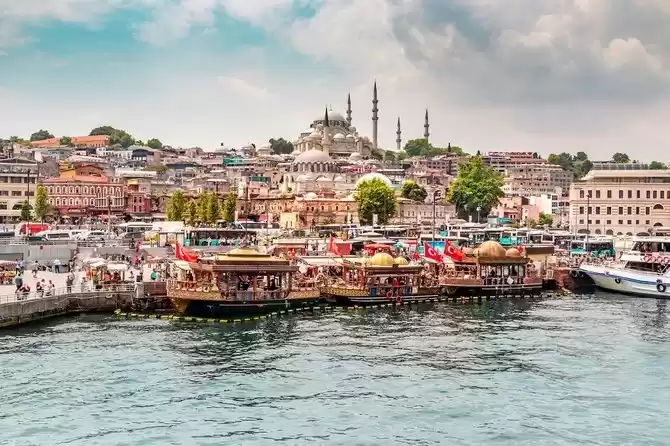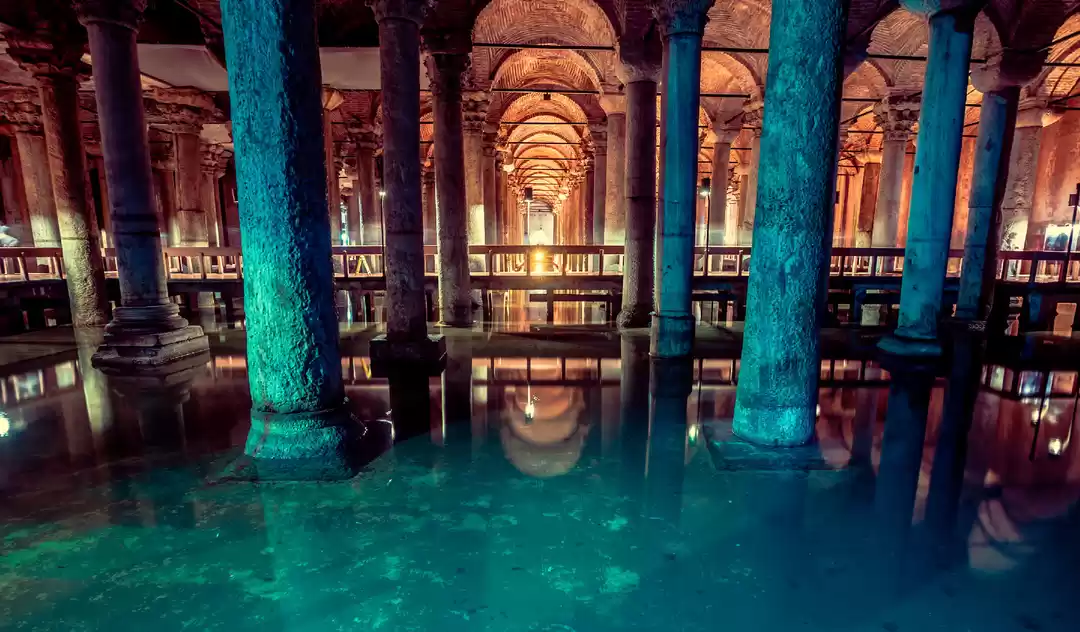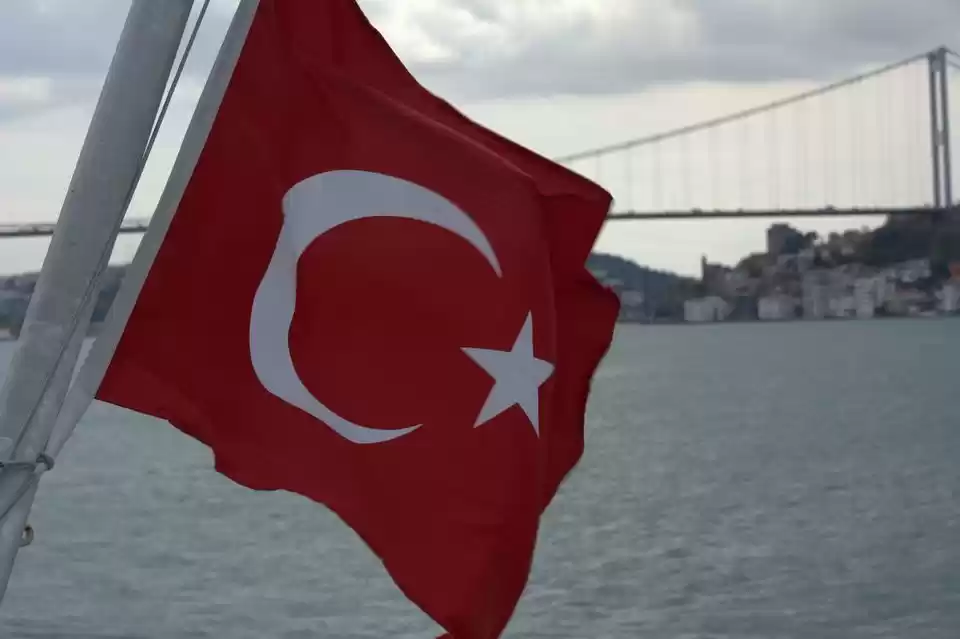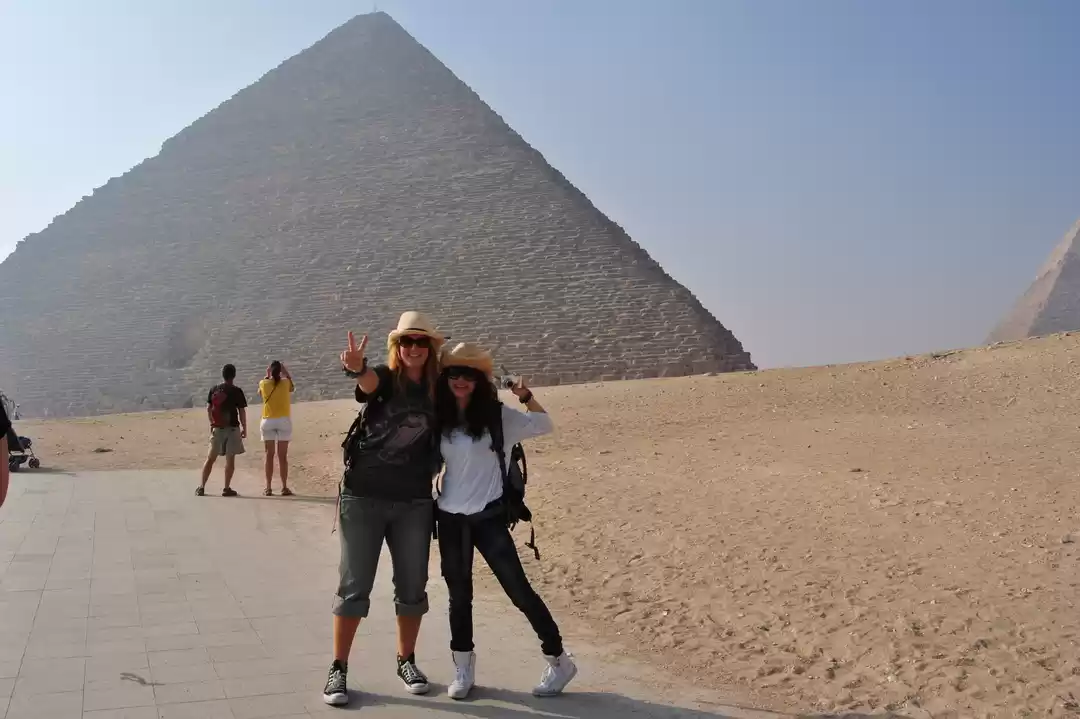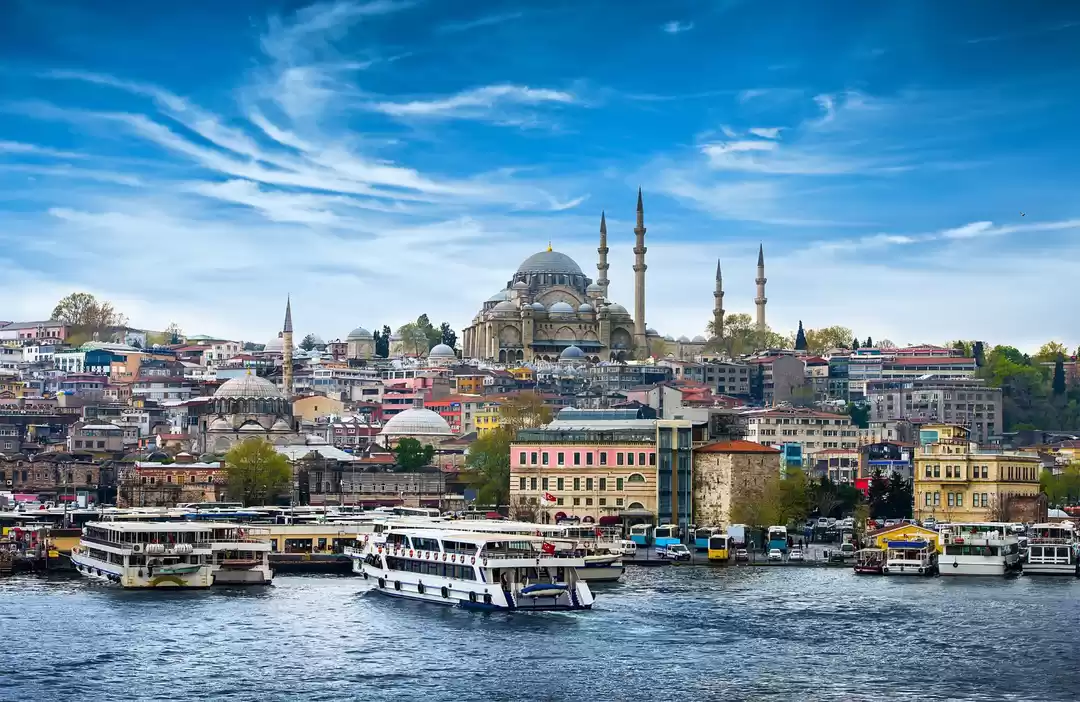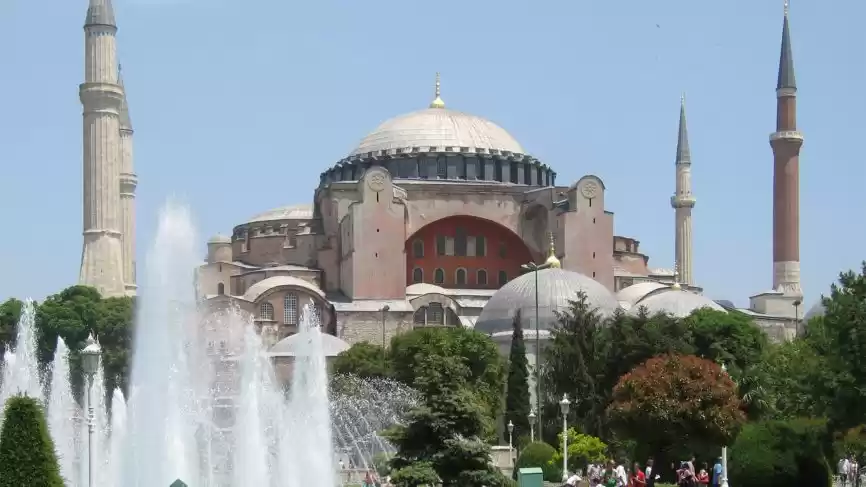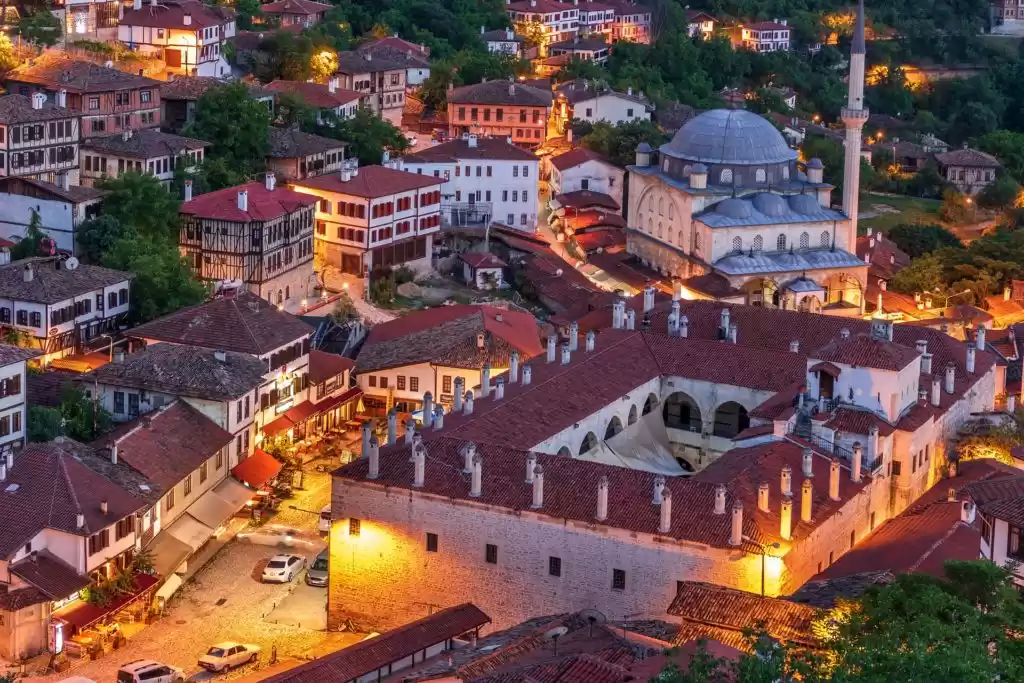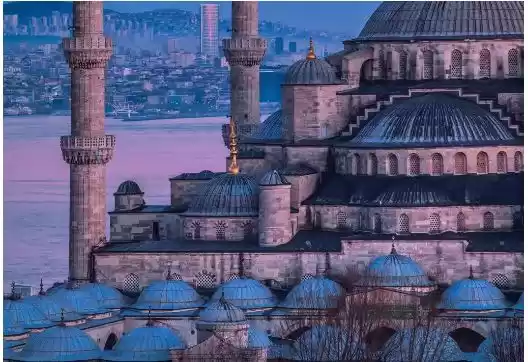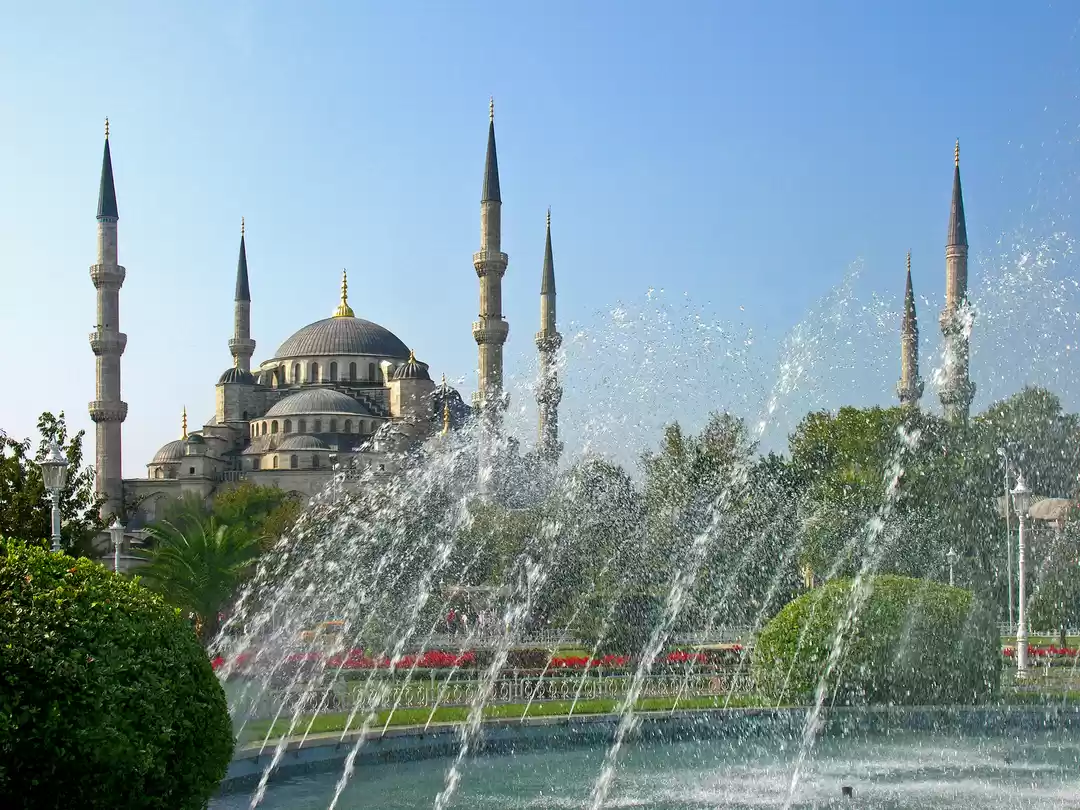





Istanbul, that glorious city that straddles Europe and Asia; that beautiful city lying along the strait connecting the Mediterranean and the Black Sea; that world renowned Queen of Cities. Until the past century, Istanbul was known for a different name, a name it had for more than a thousand years, a name that has lived in infamy and in the imagination of countless generations, Constantinople.
CONSTANTINOPLE or the City of Constantine was founded by the Emperor Constantine the Great on 324 AD as the new capital of the Roman Empire. It was every bit what a Roman city was except for one big difference, Constantinople was a Christian City. After Emperor Constantine legalized Christianity and Theodosius I made it the official state church of the Empire, the city was the shining beacon of Christian Faith. The Western Empire may have fell on 476 AD to the barbarians but its other, richer, and culturally diverse half, the Eastern Roman Empire, lived on for more than a thousand years ruled from within Constantinople’s walls. It was called in its heyday as The Roman Empire – it is widely known and labelled today as the Byzantine Empire. On 1453, it fell to the Turks and henceforth became the capital of the Ottoman Empire and in modern times, the largest city in the beautiful country of Turkey.
It was a cold rainy mid October day when I got there. The tour I booked with a local travel company starts the next day so I had one whole day to explore its extensive labyrinth on my own. See, it was my first time to travel alone to a foreign land where I don’t know anyone; I was in a position where I know where I want to go but was not quite sure how to get there. All I had was a travel book I bought before my trip. I was anxious but the more I explored, the more I realized that it was all worth it as I’ve been wanting to be in Constantinople for the longest time.
Being a cultural melting pot and a city of wonder, many travellers such as myself have been attracted to visit Istanbul, walked its ancient streets and seen its amazing sights such as the Blue Mosque, the Grand Bazaar and of course, the Hagia Sophia. Overwhelmed by all the vibrancy and grandness, it is quite easy for modern tourists to ignore or unknowingly pass by some sites in Istanbul which are actually highly important places that had played a great role in the history of Constantinople/Istanbul and the history of the world as a whole. This is largely due to the fact that some of them are merely shadows of what they were in the past; some hidden within the narrow alleyways of the old city; and most, not included in the itinerary offered by travel companies who offer tours around the city. Being a person who’s very much into World History, I made it a point to go to these places and now make a list of these sites to give them due recognition and to enable travellers to appreciate more the significance of these amazing remnants of the past. Originally, I was planning to write down this list in a single blog post but then it hit me that there’s just so much to say that if I did, it would be such a long post. So I decided to do it in parts. That said, here’s the first on the list: The Column of Constantine
The Column of Constantine
The Cemberlitas along Divanyolu Caddesi was my first priority. I walked around 300-350 metres from the central area of Sultanahmet Square to this area which is famous for its 500 year old Turkish Bath or Hamam, which I tried myself that evening to relax (I highly recommend it!). And there it was – a lonely Roman column standing right in front of the bath house and near the Cemberlitas Funicular (Tram) Station. It looked battered, dark colored, unimpressive and to an untrained eye, insignificant! This column is actually the foundation point of Constantinople/Istanbul – this is Constantine’s Column (Yes, Constantine the Great’s Column!). Its present condition right now is due to it being toppled by a storm in 1106 and damaged by several fires. One will see that the column is reinforced with metal rings which are the exact reason why it is named in Turkish as Cemberlitas, meaning the Hooped Column.
The Emperor Constantine ordered the building of this monument to be the centrepiece of the celebrations for the inauguration of Constantinople (formerly the Greek City, Byzantium – hence the term Byzantine) as Nova Roma/New Rome, the new capital city of the Roman Empire in 330 AD. It dominated the Forum of Constantine – difficult to imagine now what it was like before, but the area where the column stands was in the centre of a large circular open public space surrounded by a colonnade. Only at two-thirds its original height (present: 115 ft/35m; before: 150 ft/50m), the column was made of porphyry (a kind of rock largely used in Imperial Roman times to symbolize royalty due to its colour – Purple) from Heliopolis in Egypt, then an imperial province. Each joint of the cylindrical drums that composed the column were covered with decorative bronze wreaths and on top of it stood a Corinthian capital bearing a statue of Constantine as the Roman Sun God Apollo facing towards the east to welcome the rising sun every day.
When I was there, more than 1600 years after all those events took place, all I can do is visualize how magnificent this monument was on the 11th of May of that year when it was dedicated with a mix of pagan and Christian ceremonies.
The thing that fascinated me most about this monument is neither its size nor the adornments that it had from the outside. The main reason I went and visited this column even though I was all soaked up with rainwater was because of what it contained and most probably, save for one, still contains underneath it and what was in the glorious statue that once stood on its summit. On the day of its dedication, the Romans placed inside the sanctuary at the foot of the column these important items:
– Relics from the crosses of the two thieves (the Penitent Thief, traditionally named Dismas and the unnamed Impenitent Thief) who were crucified beside Jesus in Calvary
– Baskets from Christ’s multiplication of loaves and fishes miracle used by him & his disciples in the famous feeding of the five thousand
– Mary Magdalene’s alabaster jar which contained the oil used in anointing the head and feet of Jesus
– The axe used by Noah to build the Ark
– The Palladium of Ancient Rome (defined as an image or object of great antiquity on which the safety of a city or nation is said to depend)
– A wooden statue of Pallas Athena from Troy (whose site is located near present day Canakkale, Turkey – my travel to Troy to be blogged hopefully in the near future)
And the greatest of the relics was placed in the Statue of Constantine above:
– The orb the statue carried contained a fragment of the True Cross
Who knows? Maybe one day, given that permission is successfully obtained, archaeologist would find these priceless objects right where the Romans/Byzantines left them.
So that my friends concludes the first part of this blog post. See you again on Chasing History: Important Places You Might Miss in Istanbul (Part 2)!
Frequent Searches Leading To This Page:-
things to do in turkey for couples, adventurous things to do in turkey, turkey family adventure holidays, 5 offbeat things to do in turkey, things to do in turkey for couples, food not to miss in turkey, what is famous in turkey, places to visit in turkey Istanbul, top turkey tour packages with price





